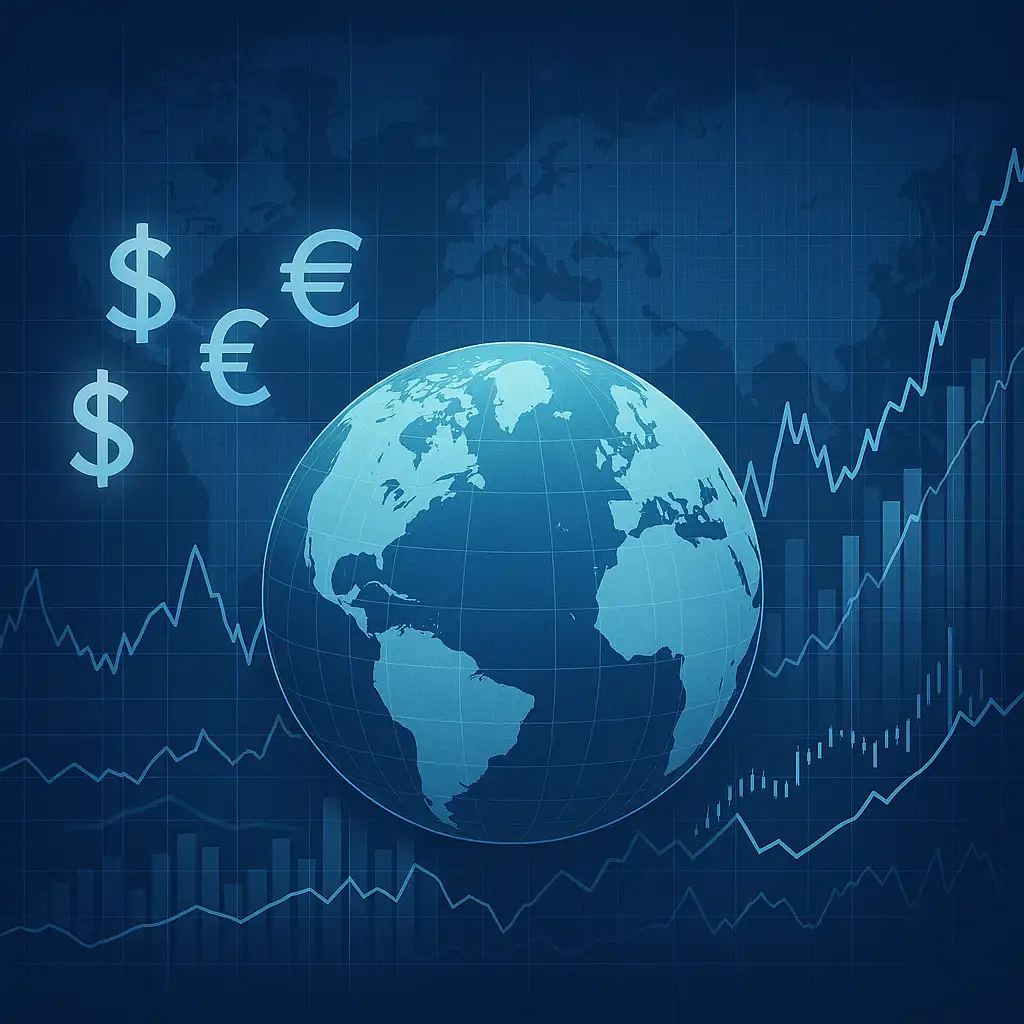As the tech industry charges into 2025, a wave of innovation is reshaping the landscape. From smarter machines to faster networks and greener systems, companies are pushing boundaries, consumers are adapting quickly, and the global economy is feeling the impact.
Here’s a look at the most significant developments making headlines in tech right now—and why they matter.
AI gets more human—and more useful
Artificial intelligence continues to lead the charge in innovation, but it’s no longer just about raw power. In 2025, AI is becoming more context-aware, emotionally responsive, and industry-specific.

What’s new:
- AI models that understand tone and emotion in customer service
- Industry-tuned AIs for legal, healthcare, or logistics use
- AI writing assistants that adapt to personal style and tone
These advancements are helping businesses scale smarter while offering users more personalized, intuitive experiences.
The next leap in 5G
After years of rollout, 5G is finally living up to its promise—and it’s redefining how we connect. In 2025, it’s not just about faster mobile browsing. 5G is enabling seamless cloud gaming, real-time remote surgeries, and interconnected smart cities.
Current headlines include:
- 5G-powered manufacturing robots reducing factory downtime
- Remote diagnostics becoming mainstream in telemedicine
- Edge computing booming alongside faster local data processing
Expect more industries to integrate 5G for low-latency tasks and instant data relay.
Sustainable tech isn’t optional anymore
From energy consumption to material sourcing, the pressure on tech companies to act responsibly is at an all-time high. In response, 2025 is seeing a rise in sustainable-by-design technologies.

What’s trending:
- Biodegradable components in consumer electronics
- Cloud providers committing to carbon-neutral operations
- AI systems that optimize energy use in real time
More startups are also launching with eco-efficiency as part of their core mission—not just an afterthought.
Wearables go medical
Smartwatches and rings aren’t just fitness trackers anymore. The new wave of wearables entering 2025 can detect early signs of illness, monitor chronic conditions, and transmit health data securely to professionals.
Key updates:
- Wearables with integrated EKG, blood oxygen, and sleep monitoring
- Devices approved for clinical-grade use in remote patient care
- Real-time anomaly alerts powered by AI
This tech isn’t just cool—it’s saving lives.
Quantum computing enters the chat
No longer a distant dream, quantum computing is slowly entering practical territory. While still in early commercial stages, 2025 has seen breakthroughs in error reduction and processing stability.
Why this matters:
- Faster drug discovery simulations
- More secure encryption methods
- Complex logistics modeling for global supply chains
Although not widely adopted yet, companies like IBM, Google, and smaller disruptors are making steady progress.
The rise of ambient interfaces
Touchscreens and keyboards are just part of the picture now. Ambient technology—systems that interact with users through voice, motion, and even eye movement—is on the rise.

Examples emerging in 2025:
- Smart kitchens that respond to spoken recipes
- Offices that adjust lighting and music based on team mood
- Retail spaces with dynamic, gaze-based product displays
Interfaces are becoming less visible—but more powerful than ever.
Why it all matters
These innovations aren’t isolated—they’re connected. The rise of AI feeds into smart wearables. 5G enables seamless ambient tech. Sustainable initiatives shape how and where these technologies are built.
For consumers, that means more intuitive and efficient experiences. For businesses, it signals the need to stay flexible, informed, and ready to evolve.
The pace of tech in 2025 isn’t slowing down. It’s integrating deeper into every part of life—and reshaping the world in the process.


